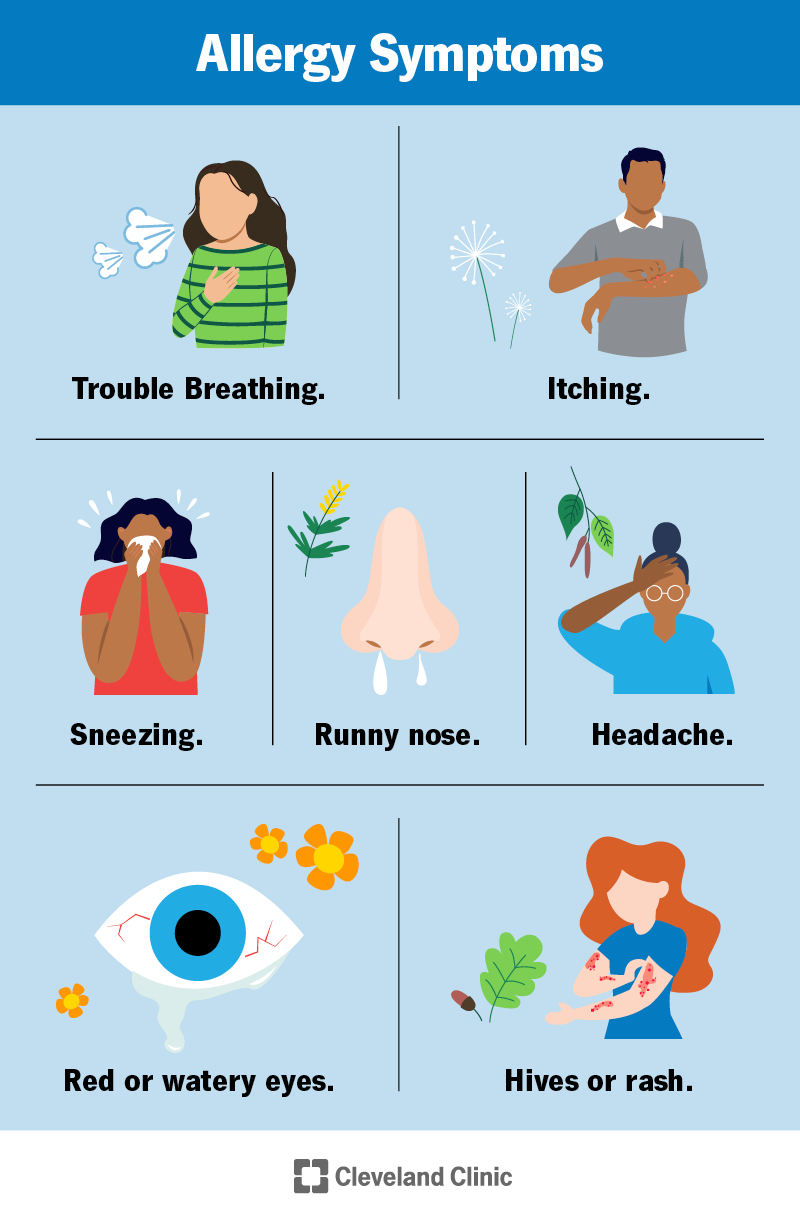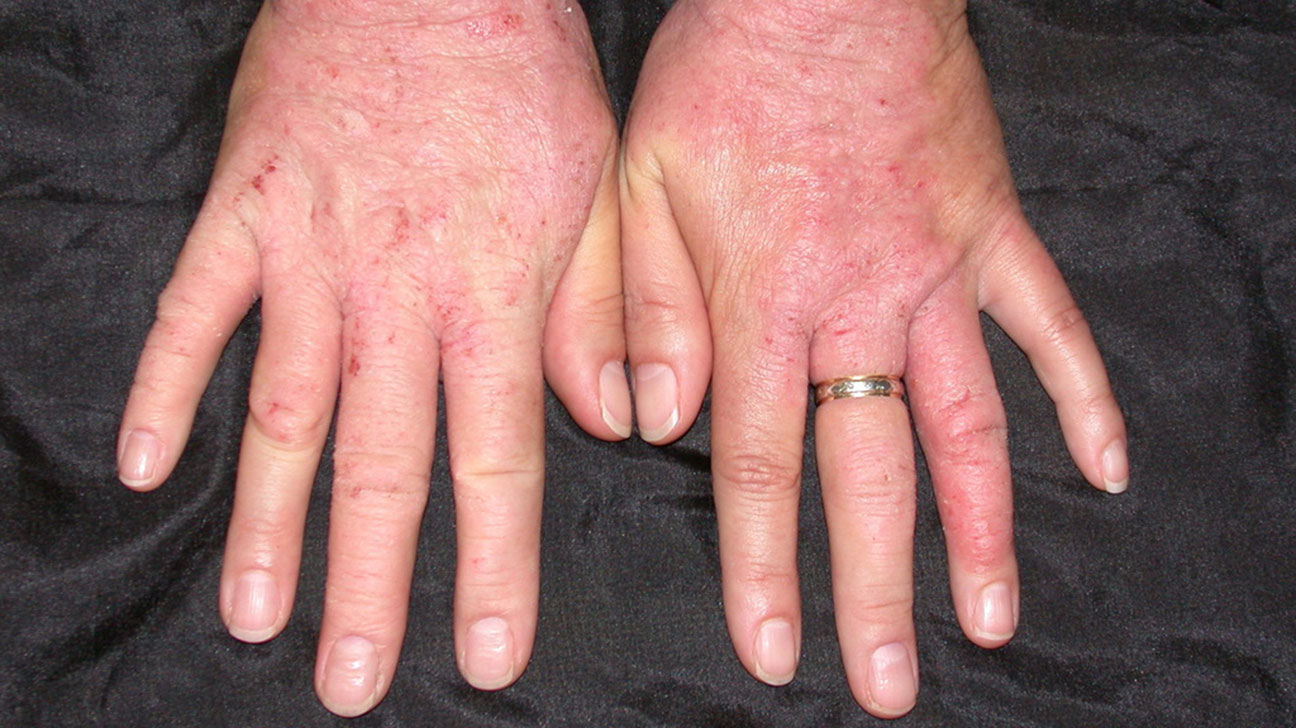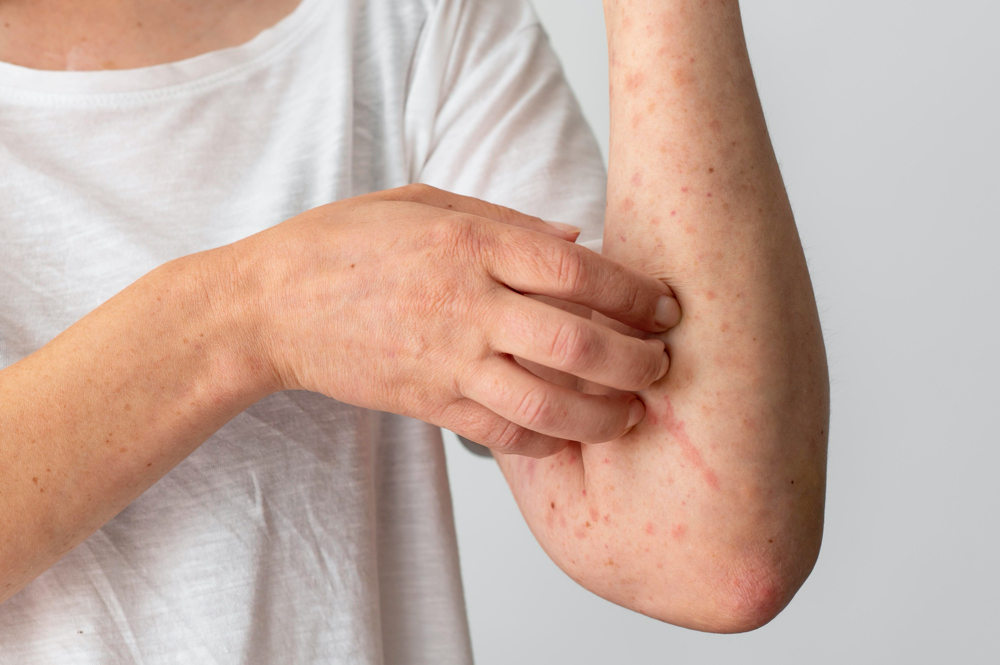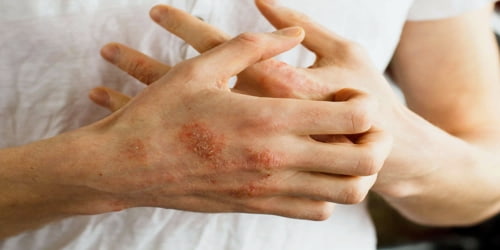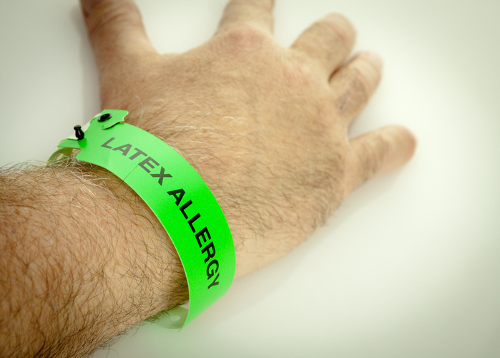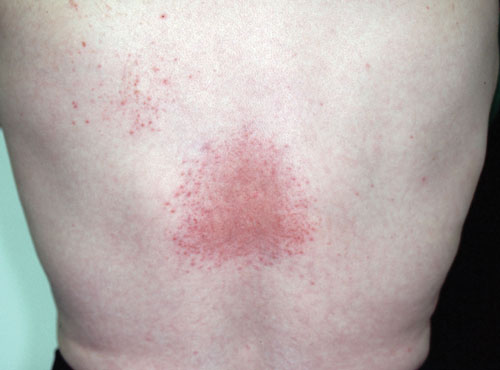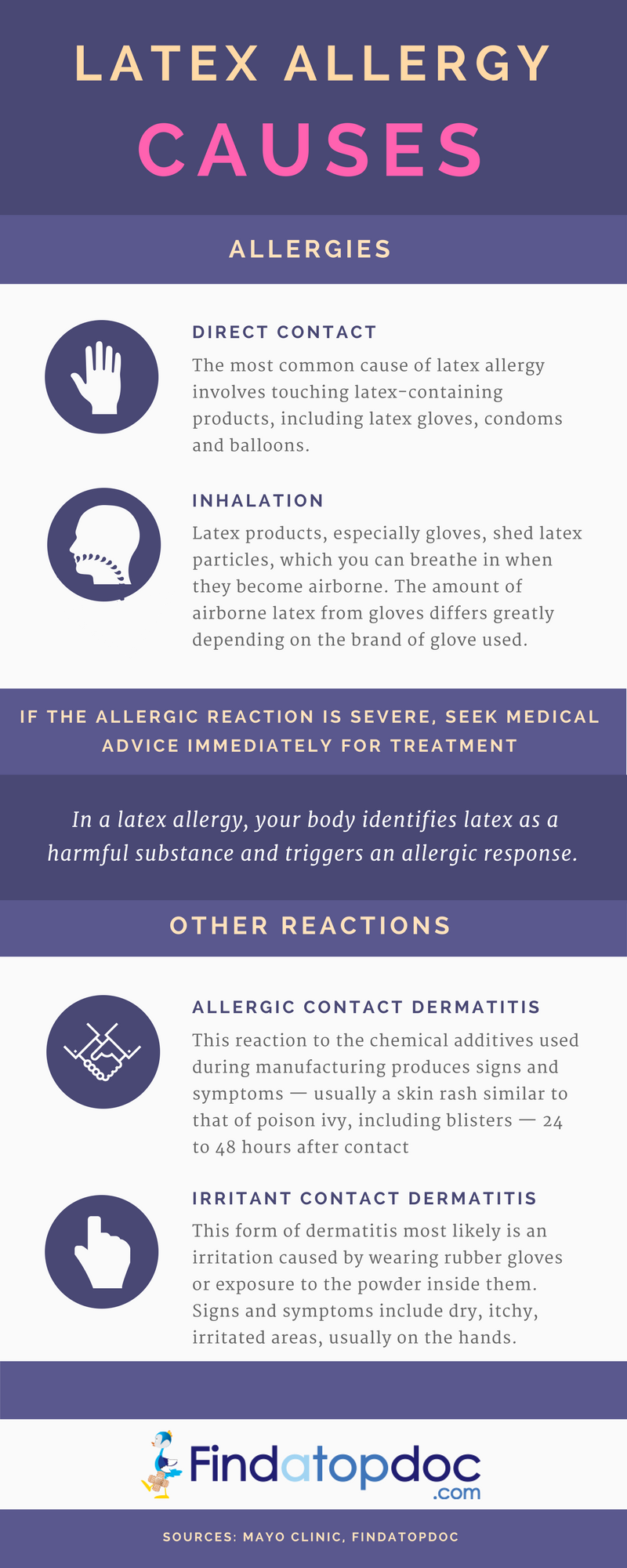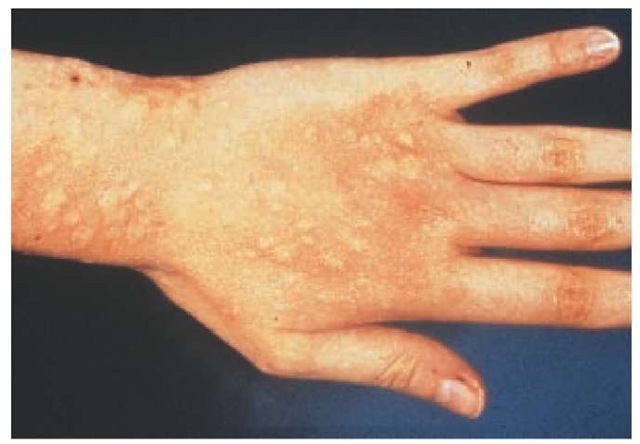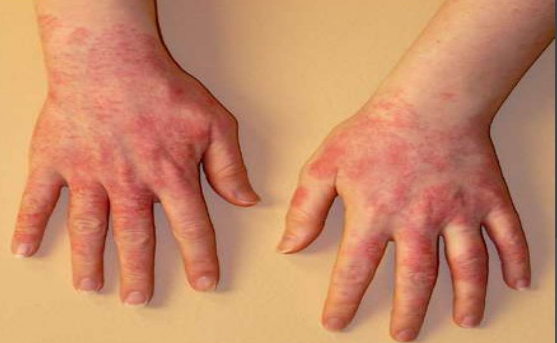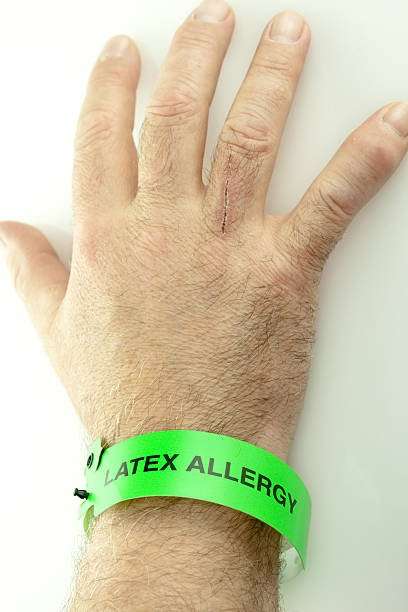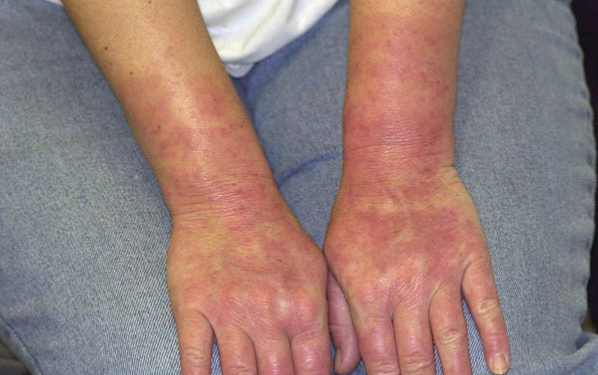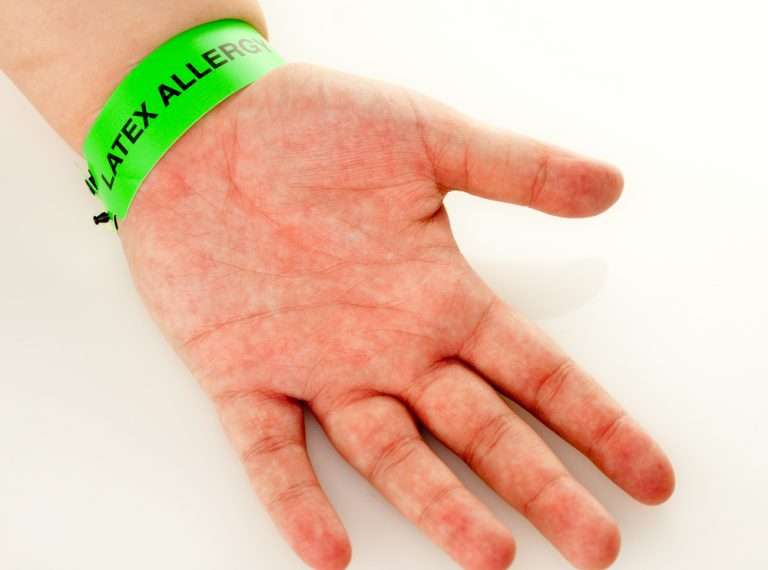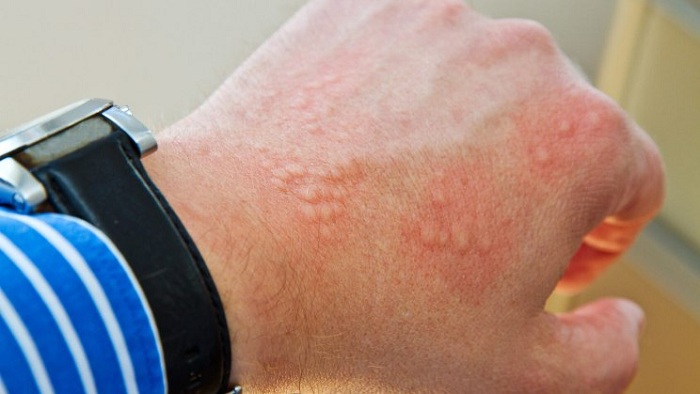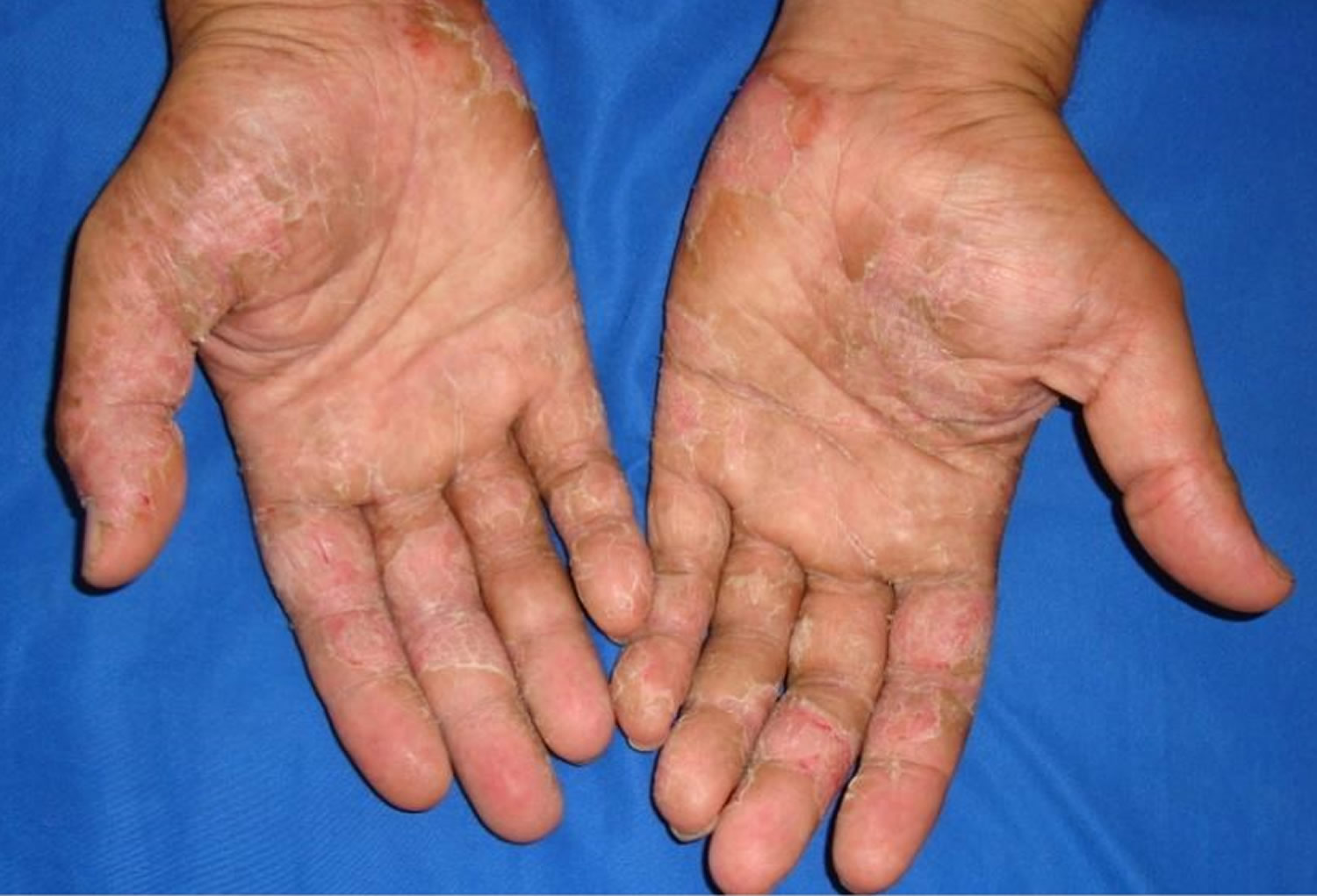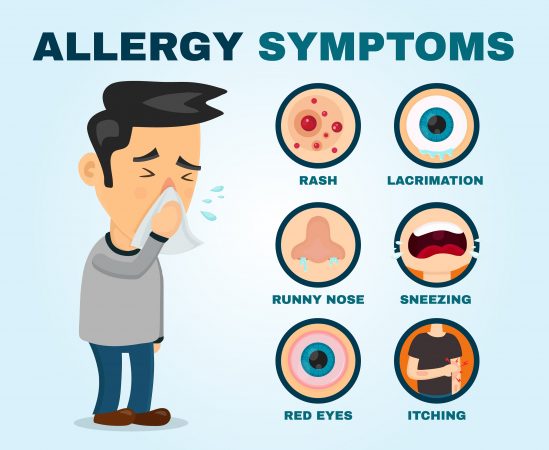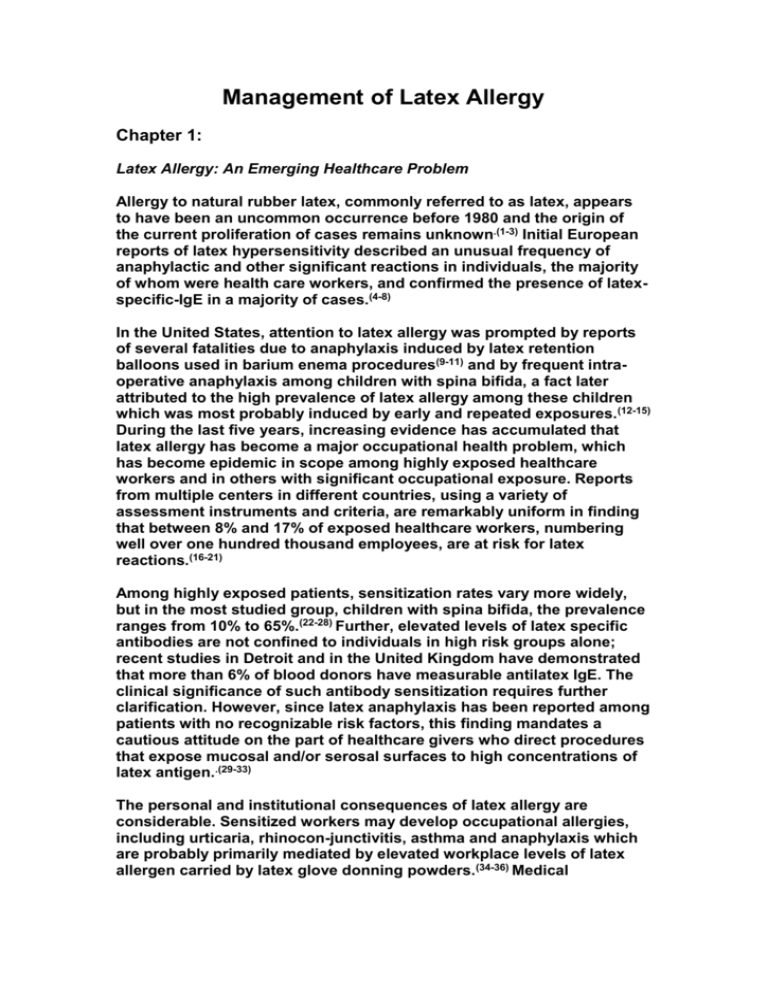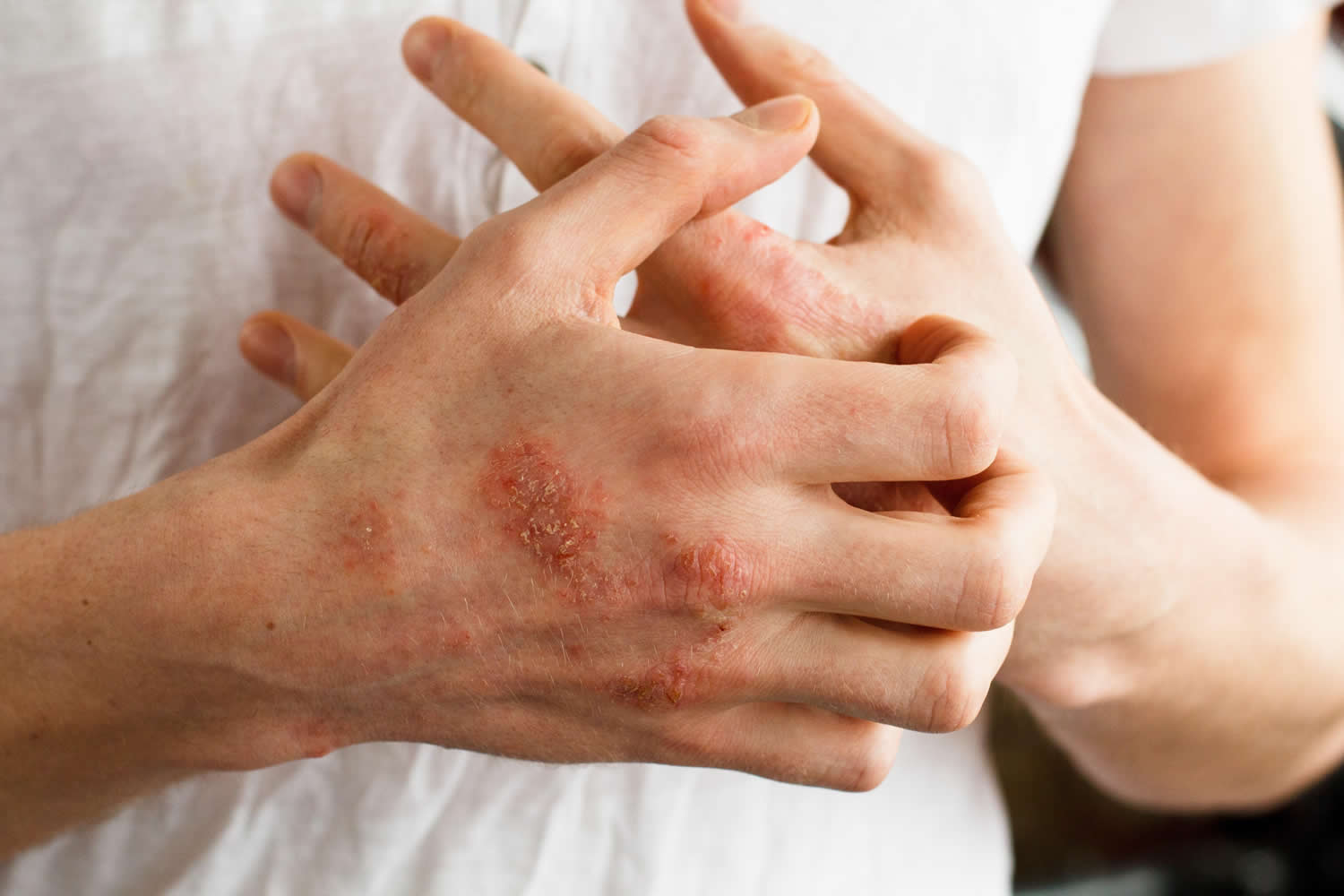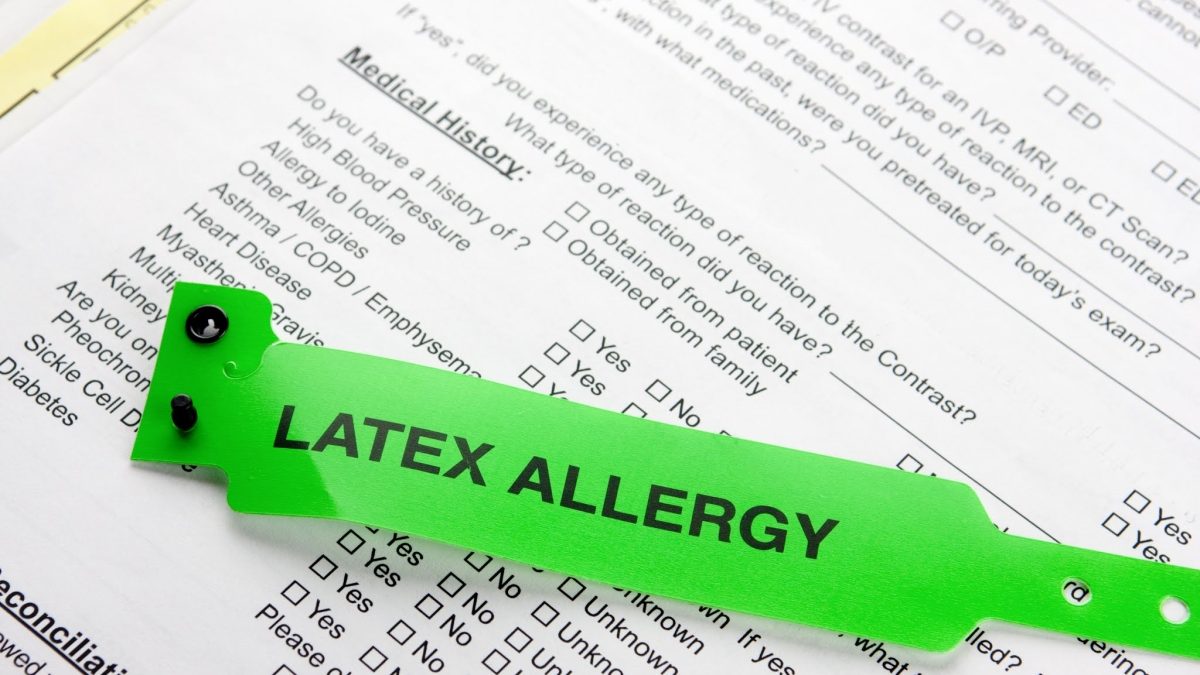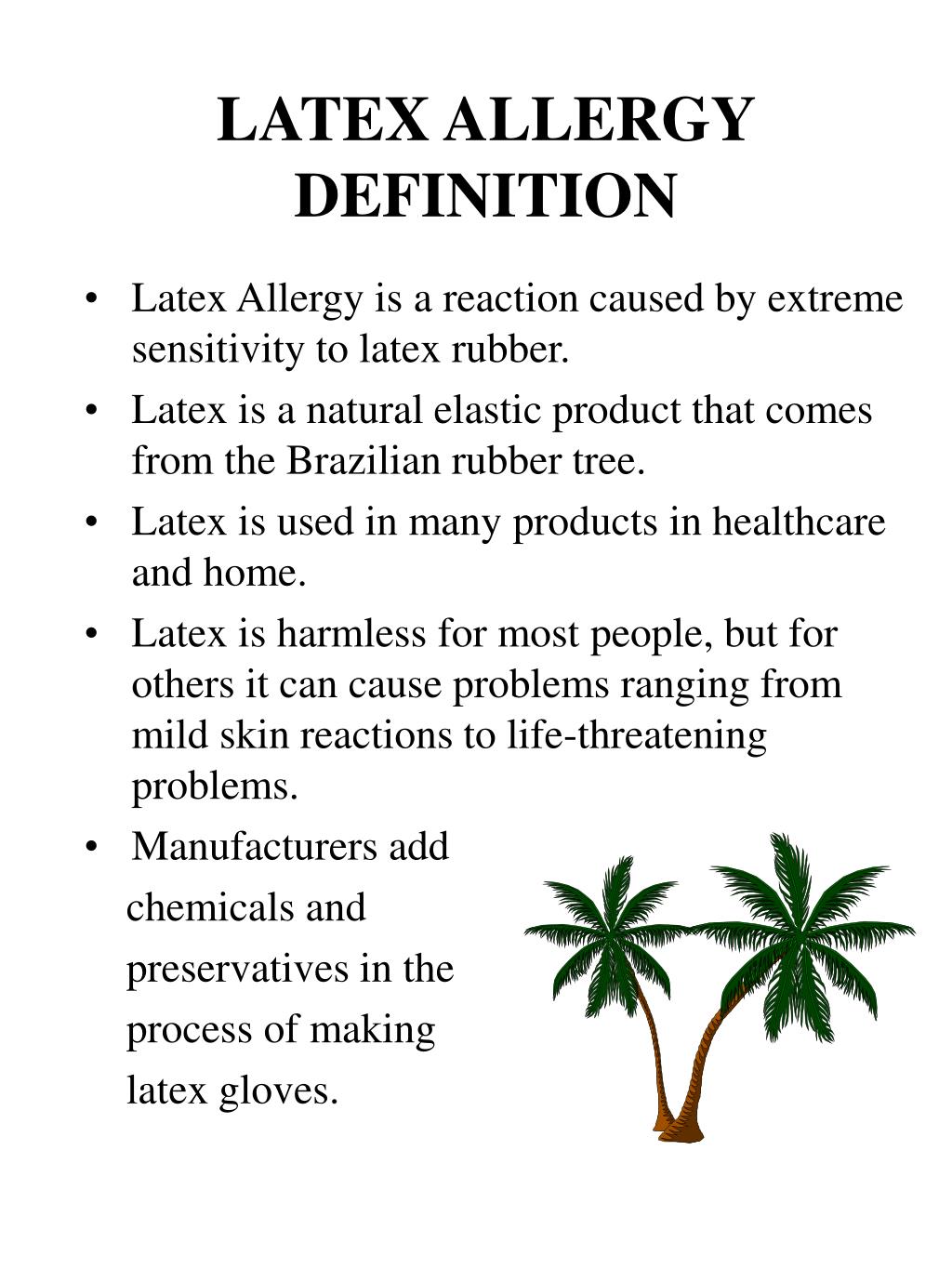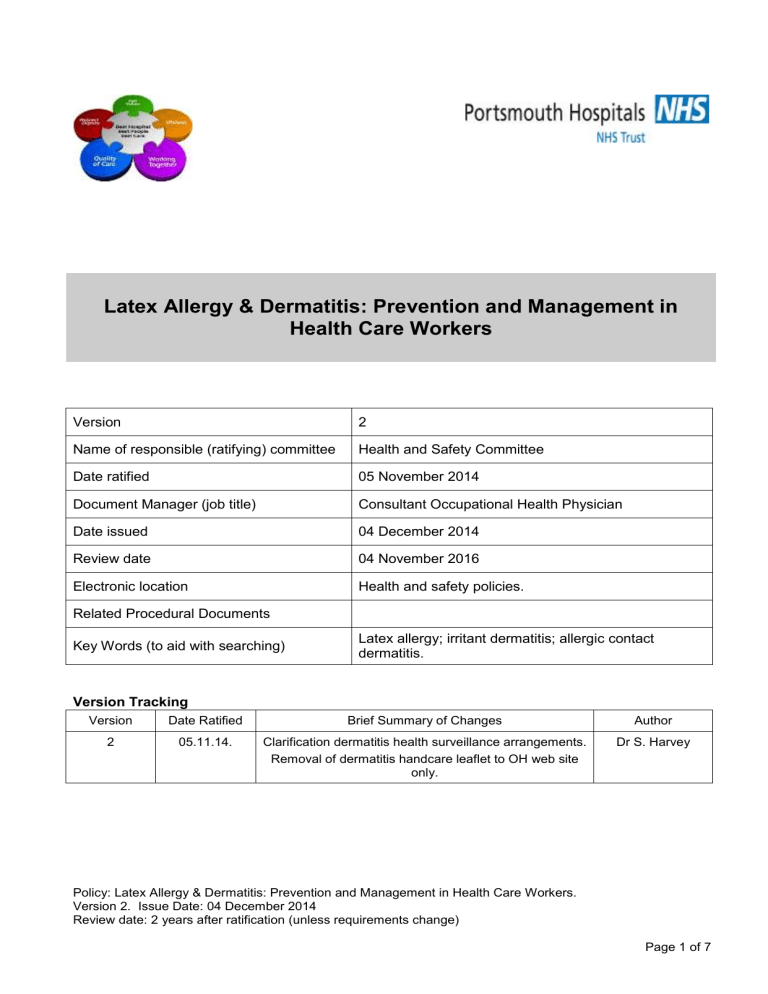A latex allergy is a reaction to proteins found in natural rubber latex. It is a type of hypersensitivity, or overreaction of the immune system, to a substance that is normally harmless. Latex is a common material used in many household items, including mattresses, gloves, and condoms. While most people do not have any issues with latex, those with a latex allergy may experience a range of symptoms from mild irritation to severe reactions.1. What is a Latex Allergy?
The symptoms of a latex allergy can vary depending on the severity of the reaction. Mild symptoms may include skin irritation, itching, and redness. More severe reactions can include hives, swelling, difficulty breathing, and even anaphylaxis, which is a life-threatening reaction. It is important to pay attention to any symptoms that occur after exposure to latex, as they may indicate an allergy.2. Symptoms of a Latex Allergy
A latex allergy occurs when the immune system mistakenly identifies the latex proteins as harmful invaders and produces antibodies to fight them. This overreaction can be triggered by exposure to latex in various forms, such as through direct contact or inhalation of latex particles. Some people may also develop a latex allergy after repeated exposure to latex, such as healthcare workers who frequently use latex gloves.3. Causes of a Latex Allergy
Anyone can develop a latex allergy, but certain groups are at a higher risk. People who have had repeated exposure to latex, such as healthcare workers, have a higher chance of developing an allergy. Those who have other allergies, such as hay fever or food allergies, may also be more likely to have a latex allergy. Additionally, people with a family history of allergies are at a higher risk.4. Who is at Risk for a Latex Allergy?
If you suspect you have a latex allergy, it is important to consult with an allergist for proper diagnosis. They will likely perform a skin prick test or a blood test to determine if you have an allergy to latex. These tests involve exposing the skin or blood to a small amount of latex to see if a reaction occurs. It is crucial to get an accurate diagnosis to properly manage the allergy.5. How is a Latex Allergy Diagnosed?
Unfortunately, there is no cure for a latex allergy. However, there are ways to manage the symptoms and prevent reactions. The most effective method is to avoid exposure to latex. This can be achieved by using latex-free products, such as non-latex gloves, and informing healthcare providers of your allergy. In case of a severe reaction, carrying an epinephrine auto-injector, or EpiPen, can help counteract the symptoms.6. Treating a Latex Allergy
For those with a latex allergy, finding a suitable mattress can be challenging. Latex mattresses are popular for their comfort and durability, but they may not be an option for those with allergies. Fortunately, there are alternative mattress materials that can provide similar benefits. Memory foam, innerspring, and hybrid mattresses are all viable options for those with a latex allergy.7. Alternative Mattress Options for Latex Allergy Sufferers
It is essential to know how to identify latex in mattresses to avoid exposure. While most mattresses are labeled as latex or non-latex, some may not have clear indications. Look for labels that specify the materials used in the mattress, and if in doubt, contact the manufacturer directly. Additionally, some mattress companies offer latex-free options to cater to those with allergies.8. How to Identify Latex in Mattresses
Living with a latex allergy requires careful management to avoid reactions. Here are some tips to help you manage your allergy:9. Tips for Managing a Latex Allergy
A latex allergy can significantly impact a person's daily life, but with proper management and precautions, it can be controlled. Knowing the symptoms, causes, and treatment options for a latex allergy is crucial for those who suffer from it. By choosing alternative mattress options and being mindful of latex exposure, individuals with a latex allergy can still enjoy a good night's sleep and a safe and healthy lifestyle.10. Conclusion
Understanding Latex Allergies

What is Latex?
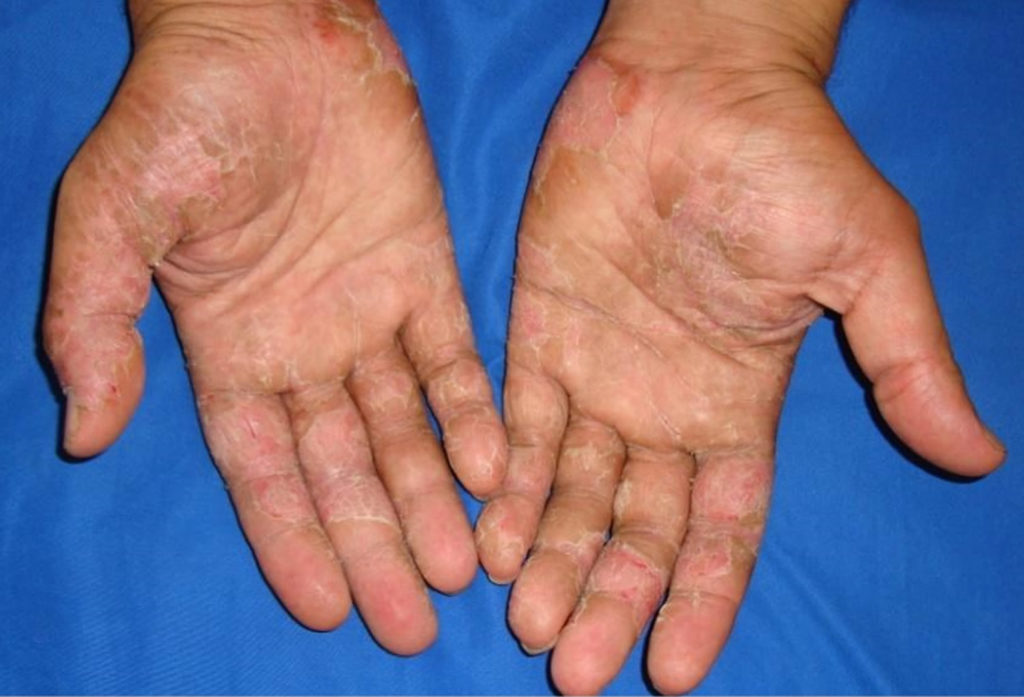 Latex is a natural rubber material that is derived from the sap of the rubber tree. It is commonly used in various products such as rubber gloves, balloons, and mattresses. Latex mattresses have gained popularity in recent years due to their eco-friendliness and durability. However, for some people, latex can cause allergic reactions that can range from mild irritation to severe respiratory problems.
Latex is a natural rubber material that is derived from the sap of the rubber tree. It is commonly used in various products such as rubber gloves, balloons, and mattresses. Latex mattresses have gained popularity in recent years due to their eco-friendliness and durability. However, for some people, latex can cause allergic reactions that can range from mild irritation to severe respiratory problems.
How Does a Latex Allergy Develop?
 A latex allergy occurs when the immune system mistakes latex proteins for harmful invaders and produces an allergic reaction. This can happen when the skin comes in direct contact with latex or when latex particles are inhaled. People who are exposed to latex on a regular basis, such as healthcare workers or those with a history of allergies, are more likely to develop a latex allergy.
A latex allergy occurs when the immune system mistakes latex proteins for harmful invaders and produces an allergic reaction. This can happen when the skin comes in direct contact with latex or when latex particles are inhaled. People who are exposed to latex on a regular basis, such as healthcare workers or those with a history of allergies, are more likely to develop a latex allergy.
Common Symptoms of Latex Allergies
 The symptoms of a latex allergy can vary from person to person, and can range from mild to severe. Some common symptoms include skin irritation, hives, itching, and redness. In more severe cases, a person may experience difficulty breathing, wheezing, and even anaphylaxis, which is a life-threatening allergic reaction.
The symptoms of a latex allergy can vary from person to person, and can range from mild to severe. Some common symptoms include skin irritation, hives, itching, and redness. In more severe cases, a person may experience difficulty breathing, wheezing, and even anaphylaxis, which is a life-threatening allergic reaction.
How to Avoid Latex Allergies
 If you suspect that you may have a latex allergy, it is important to consult with a healthcare professional for proper diagnosis and treatment. In the meantime, you can avoid latex products and opt for latex-free alternatives. When it comes to mattresses, there are many hypoallergenic and latex-free options available that can still provide the same comfort and support as a latex mattress.
If you suspect that you may have a latex allergy, it is important to consult with a healthcare professional for proper diagnosis and treatment. In the meantime, you can avoid latex products and opt for latex-free alternatives. When it comes to mattresses, there are many hypoallergenic and latex-free options available that can still provide the same comfort and support as a latex mattress.
The Takeaway
 While latex mattresses may have many benefits, it is important to be aware of the potential for allergic reactions. By understanding the causes and symptoms of latex allergies, you can take the necessary precautions to protect yourself and your family. Consider exploring other mattress options to ensure a restful and comfortable sleep without any risk of allergic reactions.
While latex mattresses may have many benefits, it is important to be aware of the potential for allergic reactions. By understanding the causes and symptoms of latex allergies, you can take the necessary precautions to protect yourself and your family. Consider exploring other mattress options to ensure a restful and comfortable sleep without any risk of allergic reactions.
